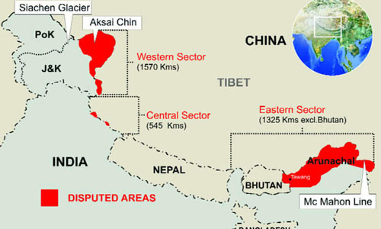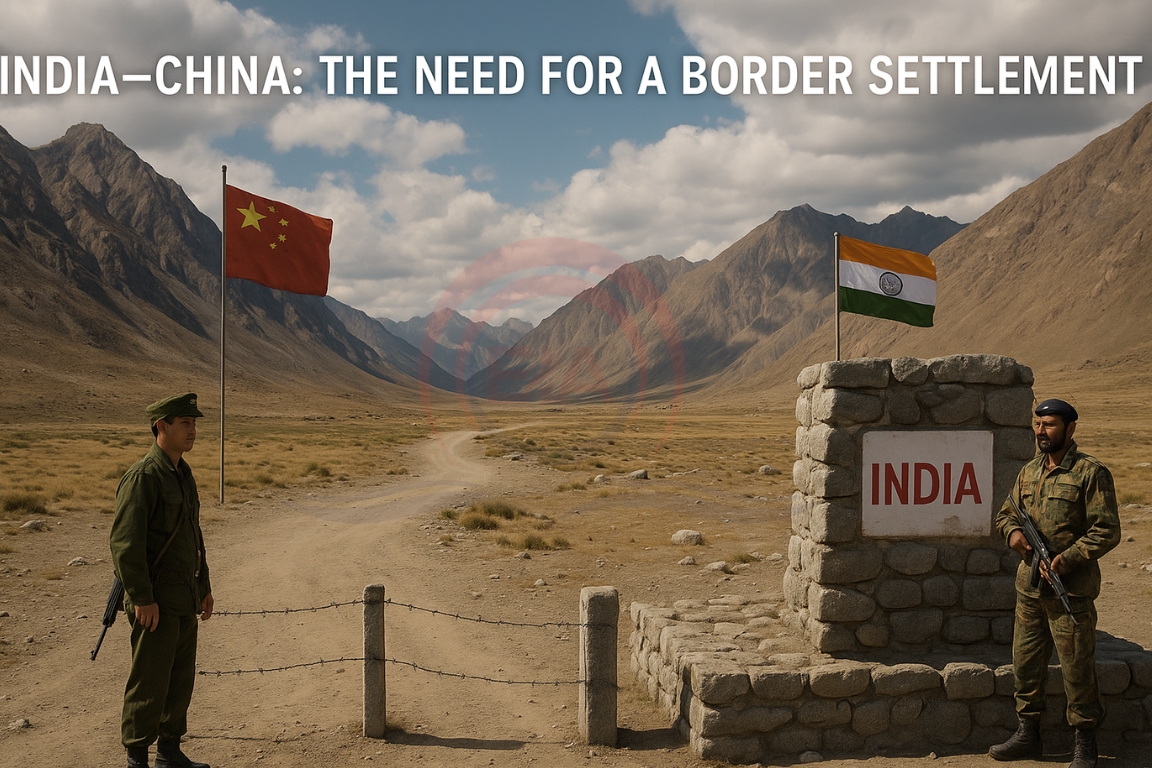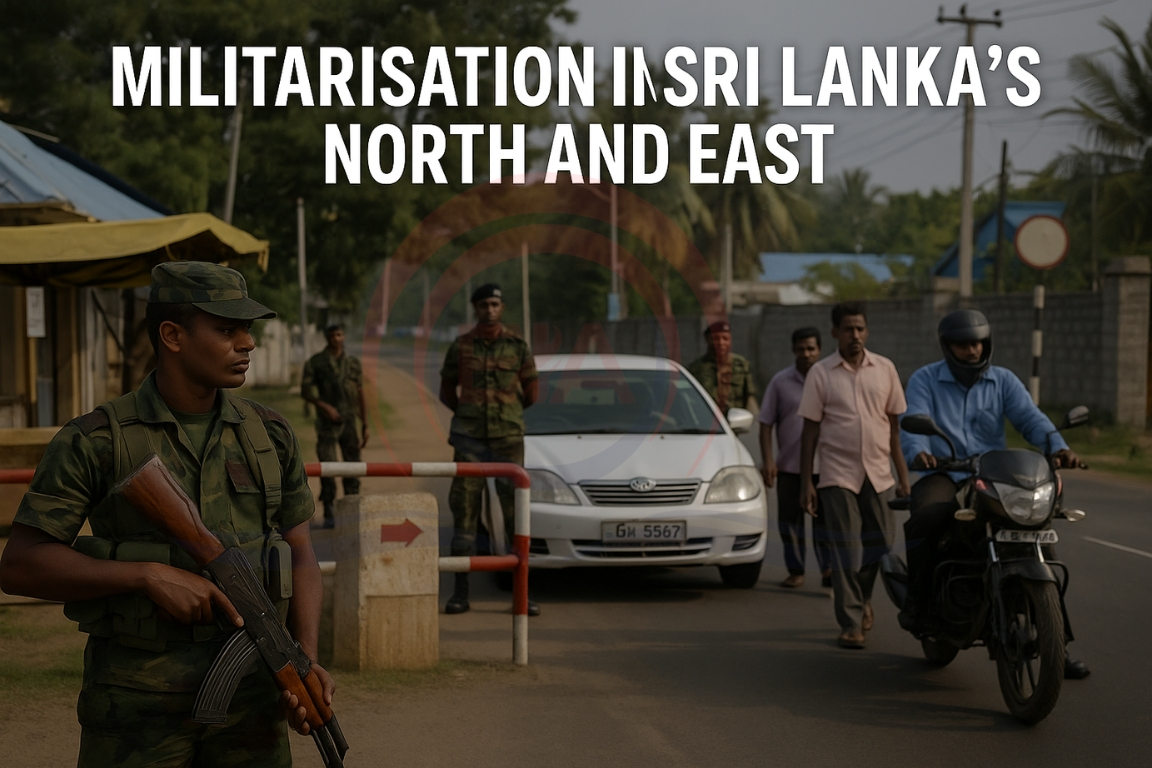On August 19, 2025, India and China held the 24th round of Special Representatives’ (SR) talks to settle the boundary dispute.
Background of Border Talks
- In 2003, PM Vajpayee and Chinese leadership created the Special Representatives mechanism to give a political push to border negotiations.
- The 2005 Political Parameters Agreement remains the only structured framework, highlighting:
- Recognition of strategic interests of both sides.
- Protection of settled populations in disputed areas.
- Settlement guided by natural, identifiable geographical features.

Key Sticking Points
- Framework discussions suggested a swap: India accepts Chinese control over Aksai Chin, while China recognizes India’s sovereignty over Arunachal Pradesh.
- However, China’s demand for Tawang has stalled progress, undermining Article VII that safeguarded settled populations.
- Even though an 18-point consensus was once reached, political approval to finalize it never materialized.
Progress and Challenges
- Agreements were reached on some areas like the Sikkim-Tibet border alignment and consultation with third countries for tri-junctions.
- Despite occasional détente, incidents such as Chumar (2014), Doklam (2017), and Galwan (2020) reignited mistrust.
- Military buildups along the LAC continue, raising costs for both sides.
The Way Forward
- Current talks focus on: Early harvest agreement for the Sikkim-Tibet border. Developing new border management mechanisms after the failures of 2020.
- A final settlement depends on political will in both countries to accept that a prolonged stalemate benefits neither.
Conclusion:
India and China already possess a workable framework. Only a decisive political push can transform the disputed LAC into a stable, recognized international border.





